There are somewhere in the region of 118 elements that are known of. The reason for being vague is that some are thought to exist but have never been observed. Of these 98 occur naturally. Very few of these elements are completely harmless and most present some risk in sufficient doses.
There are no hard,fast rules as to which elements are likely to prove most dangerous but we can divide the risks into three general categories. Those that are toxic, radioactive or highly reactive. Some even fit all three categories.
The thirty or so heaviest elements are all radioactive to some degree. Generally, the heavier the more radioactive. Listing those wouldn’t make for a very interesting top 10 deadliest elements so I’ve skipped a bunch of these and gone for the most exciting dangerous chemical elements.
10. Chromium (Cr)

Mention chromium and most people are thinking shiny car parts. It is also one of the elements that is essential to most higher organisms. But chromium has a dark side.
In one of its forms (hexavalent) chromium becomes a genotoxic carcinogen – that is something that can interfere with your DNA, increasing your chances of developing cancer.
Alarmingly there seem to be plenty of examples of industrial pollution involving hexavalent chromium, even in “developed” countries. Dangerous levels have been recorded within the past 5 years in both Australia and the USA.
9. Hydrogen (H)
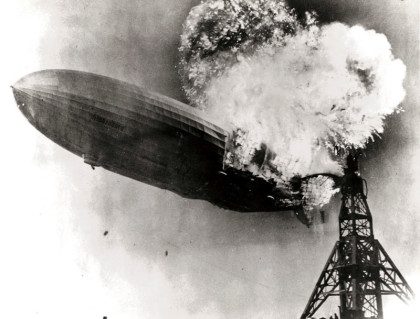
The smallest and most abundant of all the elements, Hydrogen might not seem like the most obvious choice. However, if nothing else, hydrogen is incredibly flammable. Perhaps the most infamous case of hydrogen combustion was the Hindenburg airship disaster after which it didn’t seem like such a good idea to fly around attached to a massive tank full of highly flammable gas.
An added danger of hydrogen fires is that the flames are almost invisible. This means you could be incinerated before you even saw the fire.
The main reason I’ve included hydrogen on this list is that it is the key ingredient to all things acidic. The hydrogen ion or proton (H+) is what gives acids their acidic properties, some of which are considered extremely harmful. Chief amongst these are acids’ high affinity for water – upon contact with organic matter (e.g. human skin) intense dehydration will occur which is pretty much equivalent to burning. Sulfuric acid, for example, can cause deep burns within seconds. If you think that sounds bad the superacid, fluoroantimonic acid, is over one billion times stronger…
8. Lead (Pb)
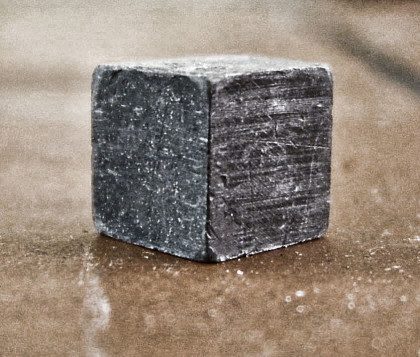
Lead used to be used for everything; paint, eating utensils, toys and water pipes just for starters. Then someone noticed it was highly toxic. Whilst it might not be the most toxic element it is probably the most likely of these nasties you’ll come across
In high enough doses lead can be lethal. Symptoms include vomiting, staggering, weakness, seizures, coma and death. But this is rare, it is long term exposure that gets most people. Whilst still serious in adults, lead poisoning is particularly destructive in children. This is because it stunts the developing nervous system leading to irreversible damage. In short lead can permanently reduce your IQ.
7. Beryllium (Be)
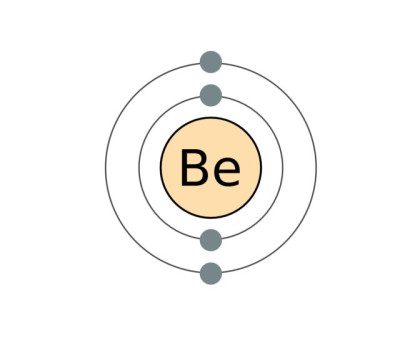
Despite its pretty sounding name and the fact beryllium is made in stars it has some rather nasty properties. The dust from beryllium is so bad for you when inhaled that they even named a disease after it; berylliosis. This incurable condition causes lesions in the lungs similar to those found in tuberculosis. The symptoms are in fact often confused with TB and the long term effects may result in lung cancer.
Beryllium is a category 1 carcinogen, it is also very useful in a number of industries.
6. Fluorine (F)
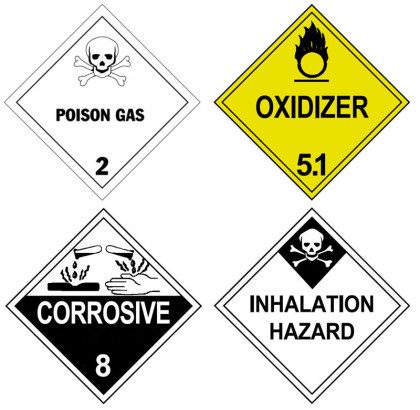
Fluorine is a generally unpleasant substance. The unappealing pale yellow gas is corrosive, highly poisonous and will try to react with almost anything – often explosively. It is chlorine’s more unstable big brother and as we know chlorine makes bleach and mustard gas, amongst other things.
Just 25 parts per million (0.000025%) concentration of fluorine is potentially lethal. It acts by attacking the lungs, airways and eyes, effectively blinding and suffocating the victim. Think mustard gas, but worse and that’s fluorine.
On the positive side, fluorine is great for your teeth!
5. Mercury (Hg)

The poisonous qualities of mercury have long been known about thanks to the self-sacrifice made by early dentists and hatters – apparently the phrase “mad as a hatter” comes from the fact that mercury was used in hat making resulting in high levels of dementia.
One of the things that makes mercury dangerous is it can be absorbed through the skin. In addition mercury also evaporates quickly making inhalation a real danger.
Another worrying feature of mercury is its ability to build up in the food chain, particularly seafood. This is because evaporated mercury eventually ends up in the sea or lakes.
The most noticeable effects of mercury poisoning are neurological. All the senses may be effected, along with coordination and muscle strength. Memory is also likely to be affected.
Sufficient doses of mercury are likely to be fatal as Emperor Qin Shi Huang of China found out when he took several pills intended to give him eternal life!
4 Arsenic (As)

The poison of choice for the Victorian lady, arsenic is amongst the classic poisons. As well as using it to kill each other they decorated their houses with it using it in both wallpaper and paints. It is believed that accidental poisoning from such sources sent King George III of Britain bonkers and ultimately lead to the death of Napoleon Bonaparte.
As with lead, arsenic poisoning can be a sneaker, building up over time causing a range of symptoms. There is nothing sneaky about a high dose though; the main consequence is intense gastric distress in which everything goes wrong with your gut – vomiting, diarrhea and bleeding, and plenty of pain. Death often follows within hours.
3. Caesium (Cs)
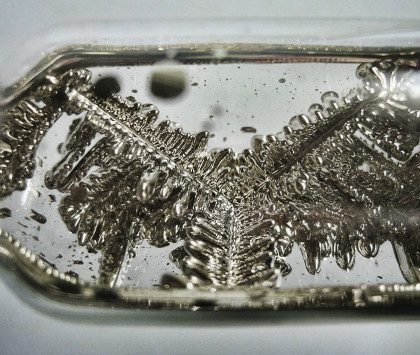
The super-reactive metal caesium (or cesium) needs very little encouragement to spontaneously explode. In fact just the presence of thin air is enough to make caesium burst into flames. If your natural reaction would be to throw water on this, that might not be such a good idea – contact with water makes it explode!
For this reason caesium must be stored in a vacuum, and only in small quantities.
In addition to these explosive properties cesium is also quite toxic and mildly radioactive.
2. Polonium (Po)

Whilst polonium might not be the deadliest element per se, it is probably one of the most effective poisons used by man. Weight for weight polonium-210 is 250,000 times more toxic than cyanide. This toxicity is radioactive in nature and caused by the release of alpha particles which damage organic tissue.
Now, the good news is that alpha particles cannot penetrate the skin. The bad news is that if ingested, one gram of polonium 210 would be sufficient to kill 10 million people.
Fortunately (or not), the difficulties in obtaining and handling polonium mean its use is largely the reserve of governments.
1. Plutonium (Pu)

All the elements with an atomic number of 84 and above are radioactive. The simplest explanation for this is they are too big and unstable and breakdown giving off lethal radioactive particles as they do.
The biggest and baddest of all the naturally occurring elements is plutonium with an atomic number of 94. Unlike other naturally occurring radionuclides Pu gives off alpha, beta and gamma radiation. As well as being highly radioactive this element is also toxic like other heavy metals are.
Inhalation is the most harmful route for plutonium exposure and one estimate suggests 500g of plutonium dust released into the air would be sufficient to kill nearly 2 million people. If this is the case it is slightly alarming that there are several tons of the stuff in the biospheres thanks to weapons testing in the 1950s and 60s!
In addition to these toxic qualities plutonium is also the material of choice for nuclear weapons. Consider the one kilogram of pure plutonium pictured – this contains sufficient energy to power a major city for several hours. It is also sufficient to make a 10 kiloton explosion, i.e. the same as 10,000 tons of conventional explosives. This is about half the size of the Hiroshima bomb.
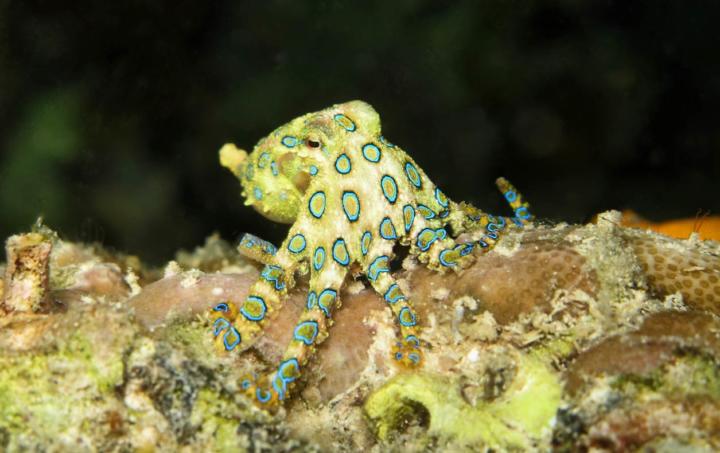
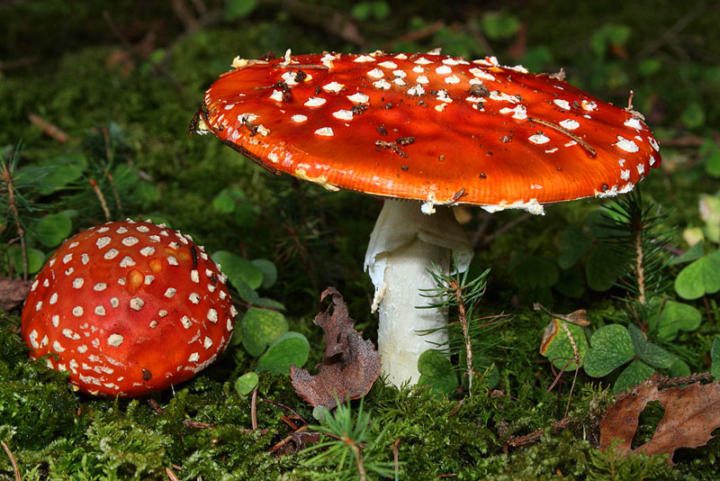

Hey guys, so I would like to end the commotion in the comments because of Fluoride. Fluoride is dangerous as a lone inorganic chemical, let’s just say it like that. In fact it is quite notorious. However, it is used in toothpastes. If one were to pop into their bathroom and look at their toothpaste’s ingredients, you would see something called “Active Ingredient” with a chemical next to it called Sodium Monofluorophosphate, I think. If one were to search it up, Sodium Monofluorophosphate is very much harmless and can serve two main purposes: firstly in toothpaste and secondly in some certain medical applications. What I want to say is that adding some other element(s) with fluoride can greatly increase or (in our case) decrease its danger to the point where it is virtually non-existent. In the end, we conclude that there is so much more to a subject than what is seen at first glance. There is so much to learn, and instead of wasting your time by calling each other out for something that both sides of the argument don’t understand, look it up on the different websites out there.
I hope this solves this problem for the time being.
Thank you
why didn’t Darmstadtium make it?